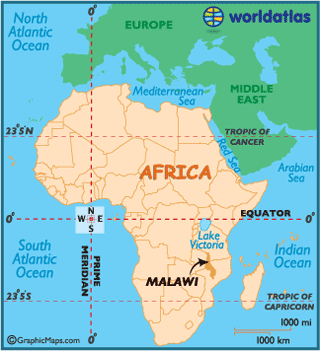Infrastructure contributed 1.2 percentage points to Malawi's annual per capital GDP growth over the past decade. Raising the country's infrastructure endowment to that of the region’s middle-income countries could increase that contribution by 3.5 percentage points. Malawi's successes in infrastructure development include reaching the Millennium Development Goals for water and making GSM telephone signals widely available without public subsidy. Challenges include improving the reliability and sustainability of the power sector, raising funding for road maintenance, preventing overengineering of roads, enhancing market access in agricultural areas, and lowering the cost of information and communications services.
T
he latter goal may be achievable by securing competitive access to the new submarine infrastructure on the East African coast. Addressing Malawi's infrastructure deficit would require sustained expenditures of almost $600 million per year over the decade 2006-15. During the mid-2000s, the country spent close to $200 million per year, about half of which went to the transport sector.
Because of widespread inefficiencies -- underpricing of power, improperly maintained roads, and utility distribution losses --about $200 million is wasted each year. But even if those inefficiencies were eliminated, Malawi would still face an annual infrastructure funding gap of almost $300 million.
That gap could be cut to $100 million by engaging in regional trade of electricity, using lower-cost technologies in water and sanitation, and adopting less-ambitious road-building technologies. If inefficiencies were eliminated and recent spending levels sustained, Malawi could reach its infrastructure targets within 16 years.
Author: Foster,Vivien; Shkaratan, Maria; Document Date: 2011/03/01; Document Type: Policy Research Working Paper.Report Number:WPS5598.Volume No: 1 of 1. Disclosure Date: 2011/03/01


No comments:
Post a Comment
prueba